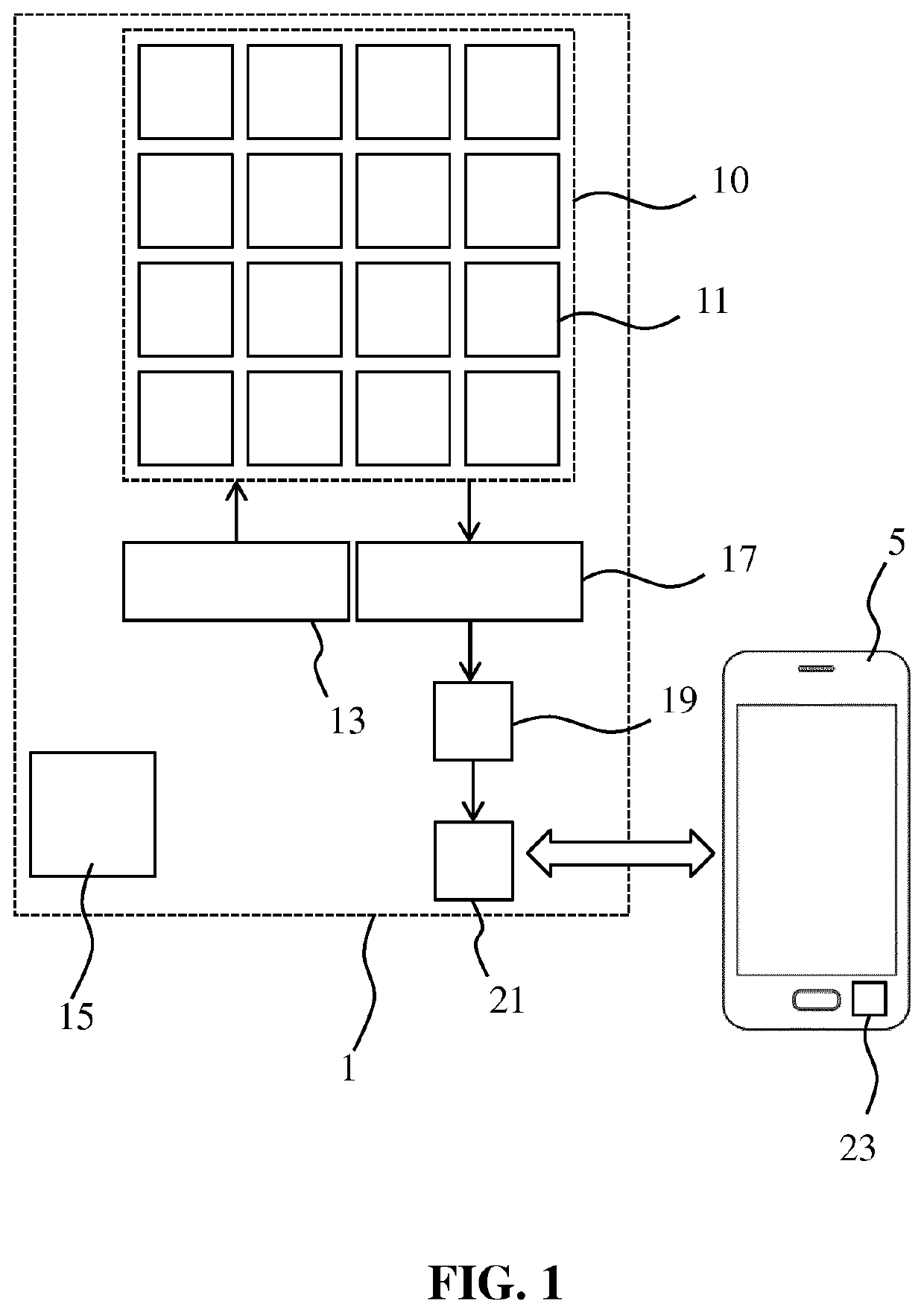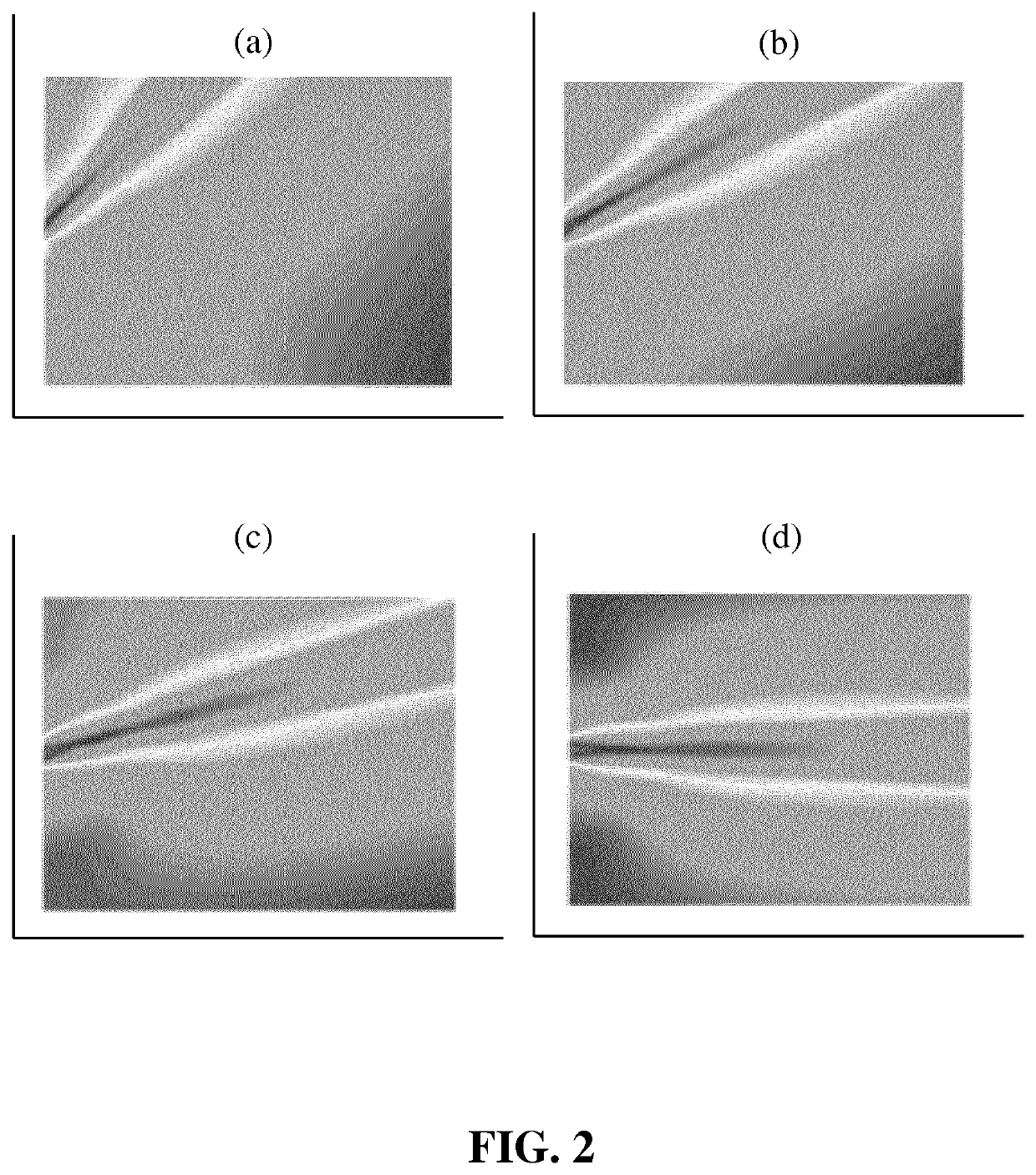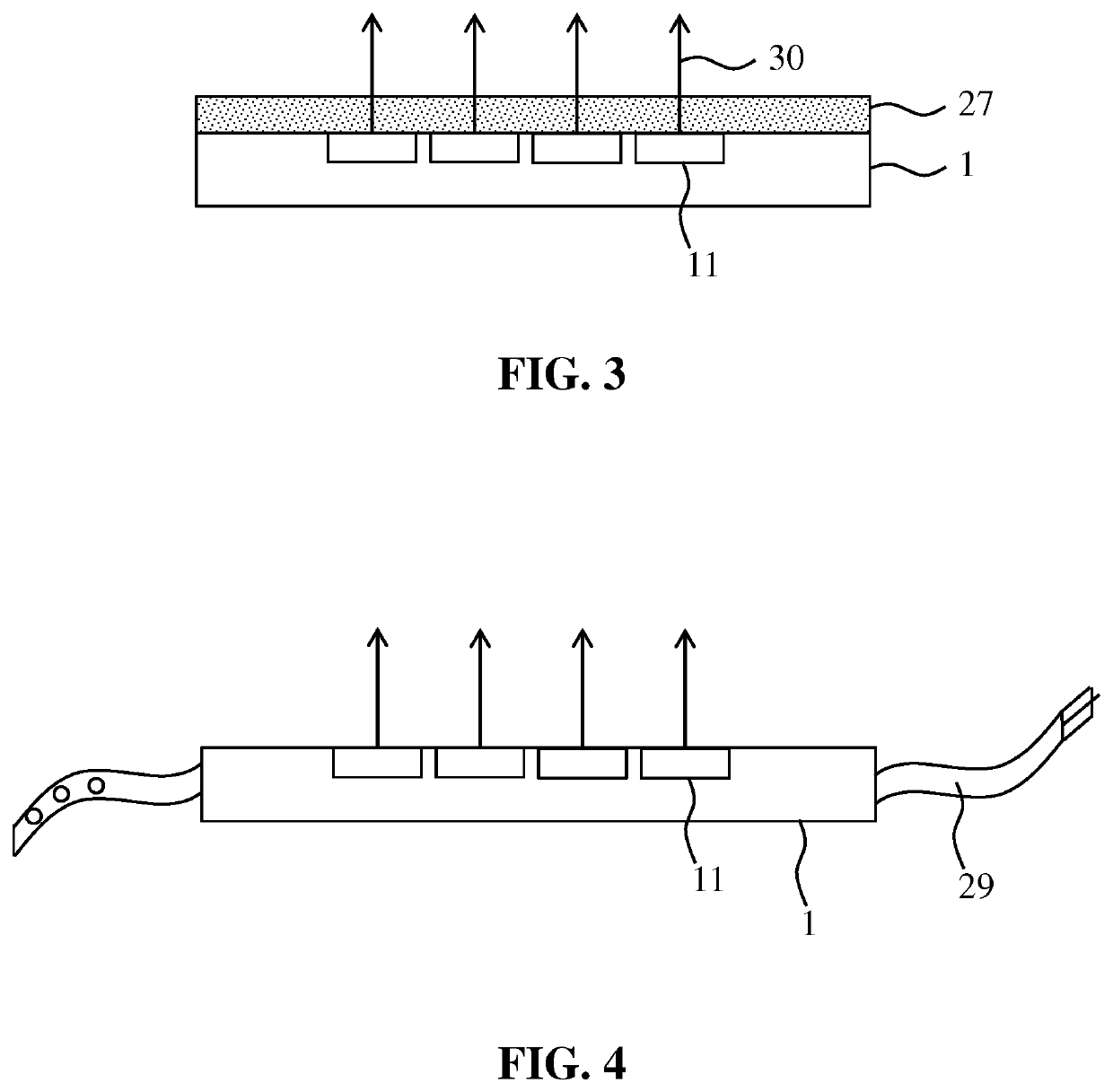Bladder monitoring
a bladder and monitoring technology, applied in the field of bladder monitoring system, can solve the problems of reducing the battery life of the apparatus, affecting the accuracy of bladder volume estimation provided by the apparatus, and affecting the accuracy of bladder volume estimation in certain scenarios
- Summary
- Abstract
- Description
- Claims
- Application Information
AI Technical Summary
Benefits of technology
Problems solved by technology
Method used
Image
Examples
Embodiment Construction
[0032]It should be understood that the Figures are merely schematic and are not drawn to scale. It should also be understood that the same reference numerals are used throughout the Figures to indicate the same or similar parts.
[0033]FIG. 1 schematically depicts a bladder monitoring system according to an example embodiment. The bladder monitoring system comprises a wearable bladder monitoring device 1 that may be secured to an individual (subject) using suitable securing means, such as a strap or belt, or an adhesive layer as will be explained in more detail later. The wearable bladder monitoring device 1 comprises a phased array 10 of ultrasound transducer elements 11 under control of a phased array controller 13. Any suitable type of ultrasound transducer elements 11 may be used for this purpose, e.g. PZT elements, CMUT elements, PMUT elements, and so on, although CMUT elements are particularly preferred, in particular over PZT elements due to their superior (adjustable) resonanc...
PUM
 Login to View More
Login to View More Abstract
Description
Claims
Application Information
 Login to View More
Login to View More - R&D
- Intellectual Property
- Life Sciences
- Materials
- Tech Scout
- Unparalleled Data Quality
- Higher Quality Content
- 60% Fewer Hallucinations
Browse by: Latest US Patents, China's latest patents, Technical Efficacy Thesaurus, Application Domain, Technology Topic, Popular Technical Reports.
© 2025 PatSnap. All rights reserved.Legal|Privacy policy|Modern Slavery Act Transparency Statement|Sitemap|About US| Contact US: help@patsnap.com



